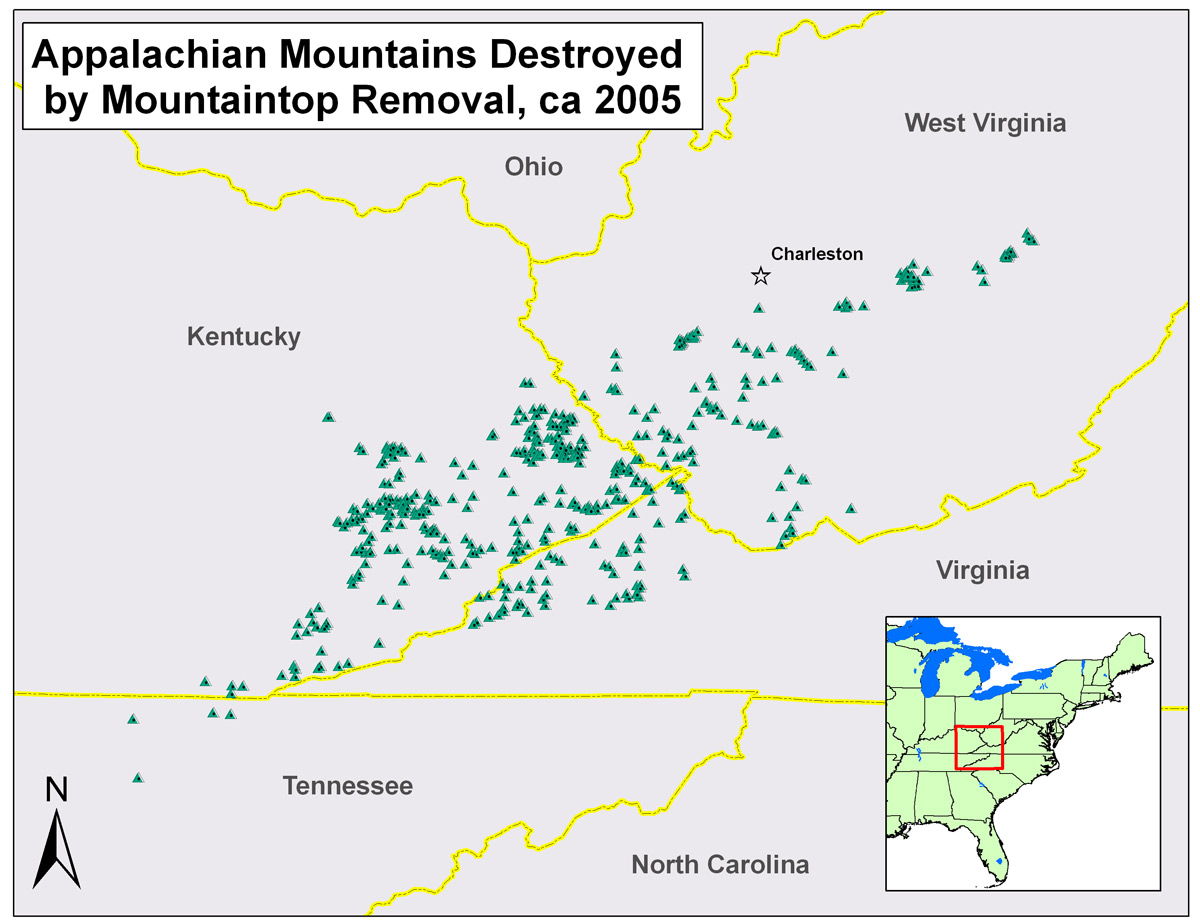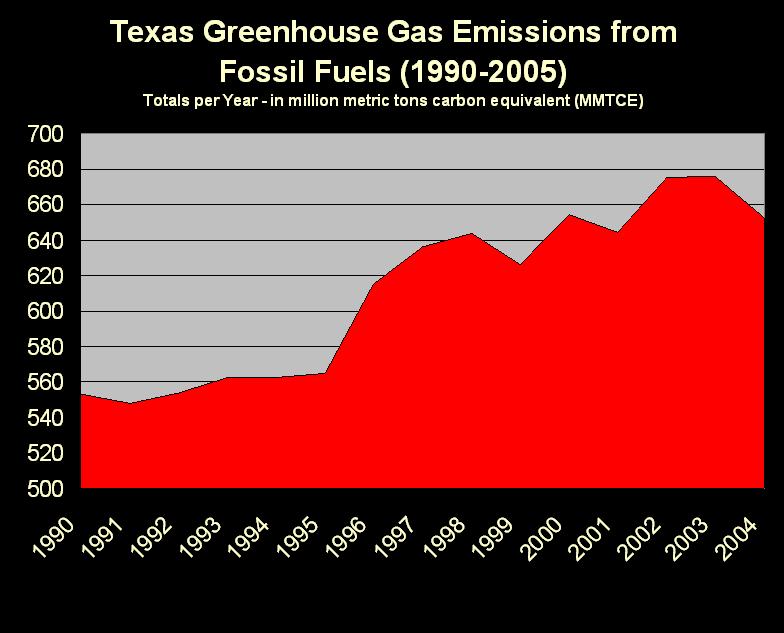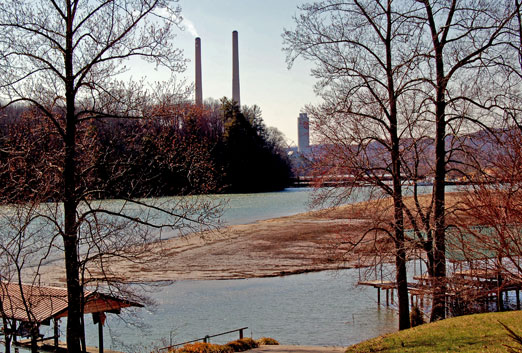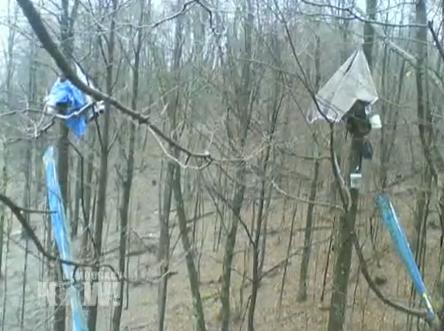 The Austin American Statesman’s article this morning about Austin’s 2020 energy plan leaves a few things out that are crucial to understanding the costs and benefits of adding more energy efficiency and renewable power to Austin’s generation portfolio. Judging from the rather depressing comments section, many readers took away the unfortunate misconception that poor Austinites will have to sacrifice for green energy goals. I’d like to clear that up today.
The Austin American Statesman’s article this morning about Austin’s 2020 energy plan leaves a few things out that are crucial to understanding the costs and benefits of adding more energy efficiency and renewable power to Austin’s generation portfolio. Judging from the rather depressing comments section, many readers took away the unfortunate misconception that poor Austinites will have to sacrifice for green energy goals. I’d like to clear that up today.
Few things irk me more than when people fail to see the connection between improving social welfare and protecting the environment.
The notion that green power has to come at the expense of low-income households needs to be eradicated. Social welfare and protecting the environment are not conflicting or exclusive goals. By cleaning up the way we produce electric power and making homes more energy efficient, we can do much to improve the quality of life in Austin. And by making homes that can be heated and cooled with less energy, we can save low-income families money on one of their biggest monthly expenditures AND keep Austinites healthy and safe during bitter cold and dangerous summer heat.
There are a few key points that need to be part of the public discussion about the energy plan which have largely been absent from the public radar. I’d ask any Austinite doing their homework for the Mayor’s Town Hall on Monday to take these issues into consideration:
The Plan is Flexible
As part of the Generation Resource Planning Task Force, I voted with all other members of the Task Force to include a provision that Austin review the plan every two years in case any one resource option became too costly (recommendation 3a-b). That way, AE would have the ability to adapt its plan and go with something cheaper. This is a ratepayer protection and cost control mechanism that will protect all customer classes and should be included in the public discussion about the plan. As my friend Cyrus Reed at the Sierra Club puts it astutely: the plan is a roadmap, not a straightjacket.
That’s the beauty of a diverse energy portfolio. Austin would not have this ability if it were locked into building a new nuclear plant or coal plant (like CPS Energy is).
Energy Efficiency is part of the plan
Public discussion of this plan tends to focus on supply-side renewable resources, but the biggest component of the energy plan is energy efficiency. If it met its goals, Austin would achieve 800-1000 MW of energy savings by 2020. The next highest new resource addition would be wind (~562 additional MW when taking into account 203 MW worth of expiring wind contracts). 800 MW of efficiency represents 55% of all the resource additions that encompass the Resource & Climate Protection Plan (note that 100 MW of gas, 100 MW of biomass, and 30 MW of solar that are due to come online over the next three years are not part of the plan).
Efficiency achieves carbon reduction objectives and affordability objectives. Thus, the biggest component of the energy plan will help keep bills low. It’s also worth pointing out that if we do not achieve the efficiency goals, we will need new supply-side generation in order to keep the lights on–800 MW worth. Without efficiency, bills are sure to go up much higher because all supply-side options are more expensive than efficiency.
Comparisons give perspective
Let’s talk about bill impacts on the poor. Take a drive down I-35. San Antonio’s utility, CPS Energy predicts they will need to increase rates 40% by 2020 and that does not even include the future cost increase for natural gas or costs for investing in the proposed expansion of the South Texas Nuclear Plant, which has risen from ~$6 billion in 2007 to $18 billion today before license application are adjudicated or construction begins.
No one is advocating for environmental protection at the expense of the poor. That is flat-out a false choice. This plan won’t do that because of the protections that will be put in place, the overwhelming focus on energy efficiency and AE taking a more proactive and cooperative approach to services for those struggling to pay their utility bills. In order to make electricity more affordable for people, it is up to us as a community to adopt a pragmatic approach to realizing and achieving the complimentary goals of social welfare and environmental protection. After all, you can’t have one without the other.
###
By promoting cleaner energy, cleaner government, and cleaner air for all Texans, we hope to provide for a healthy place to live and prosper. We are Public Citizen Texas.
Read Full Post »
 Activists are risking arrest by demonstrating outside EPA national headquarters in make-shift tripod stands. They say they won’t go away until EPA administrator Lisa Jackson promises to make a fly-over of the Appalachian Mountain Top Removal coal mines to see first hand the destruction it is causing.
Activists are risking arrest by demonstrating outside EPA national headquarters in make-shift tripod stands. They say they won’t go away until EPA administrator Lisa Jackson promises to make a fly-over of the Appalachian Mountain Top Removal coal mines to see first hand the destruction it is causing.




 TODAY is our National Coal Ash Day of Action – please ask the White House to allow the US EPA to finally regulate coal ash as the hazardous waste it is. Currently, coal ash is less regulated than household trash! This toxic waste stream has never been regulated and that must change, now.
TODAY is our National Coal Ash Day of Action – please ask the White House to allow the US EPA to finally regulate coal ash as the hazardous waste it is. Currently, coal ash is less regulated than household trash! This toxic waste stream has never been regulated and that must change, now. It is extremely important that Texans call in because
It is extremely important that Texans call in because 








